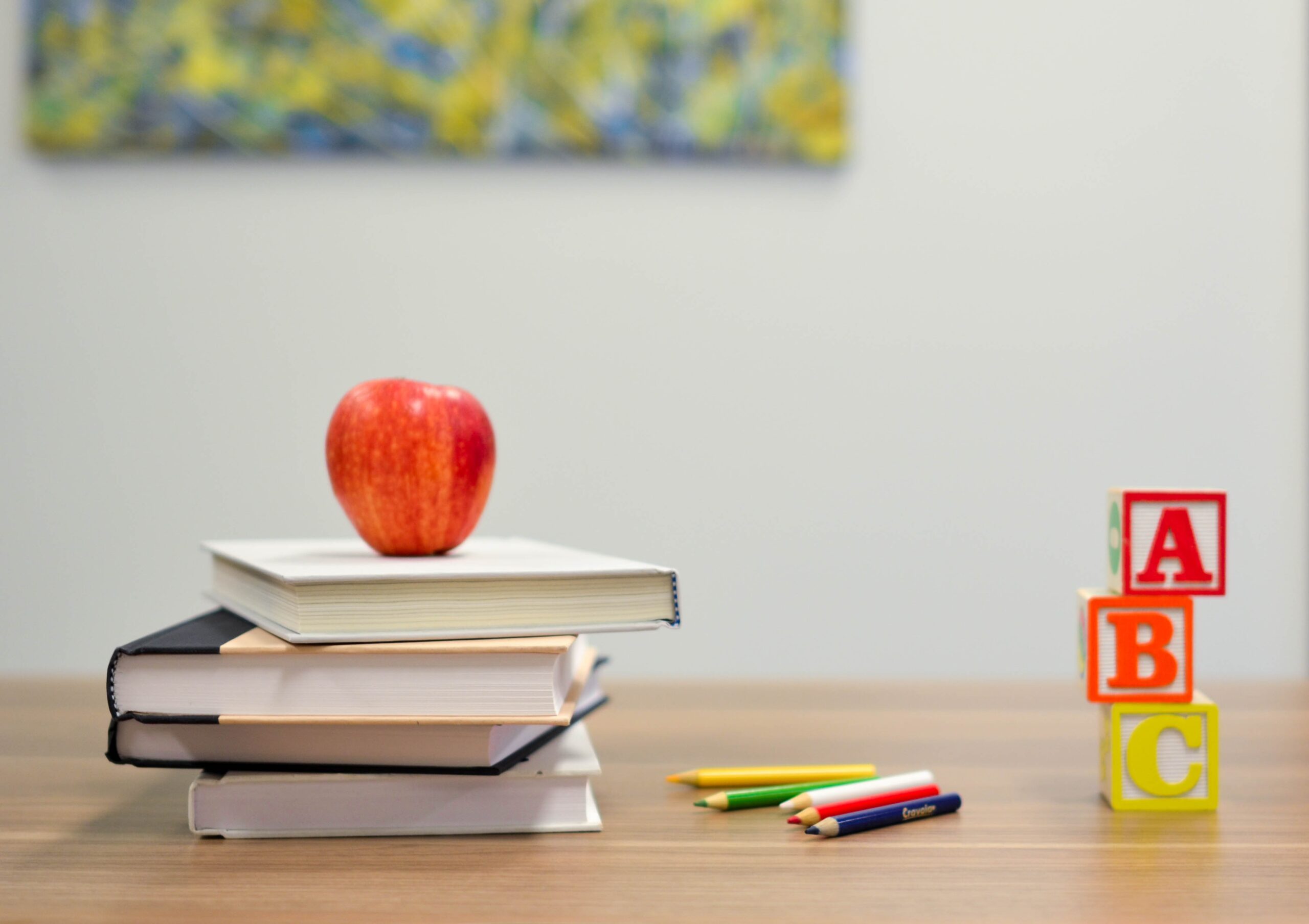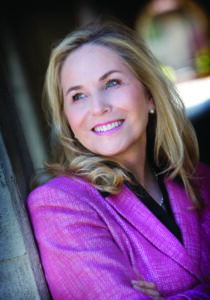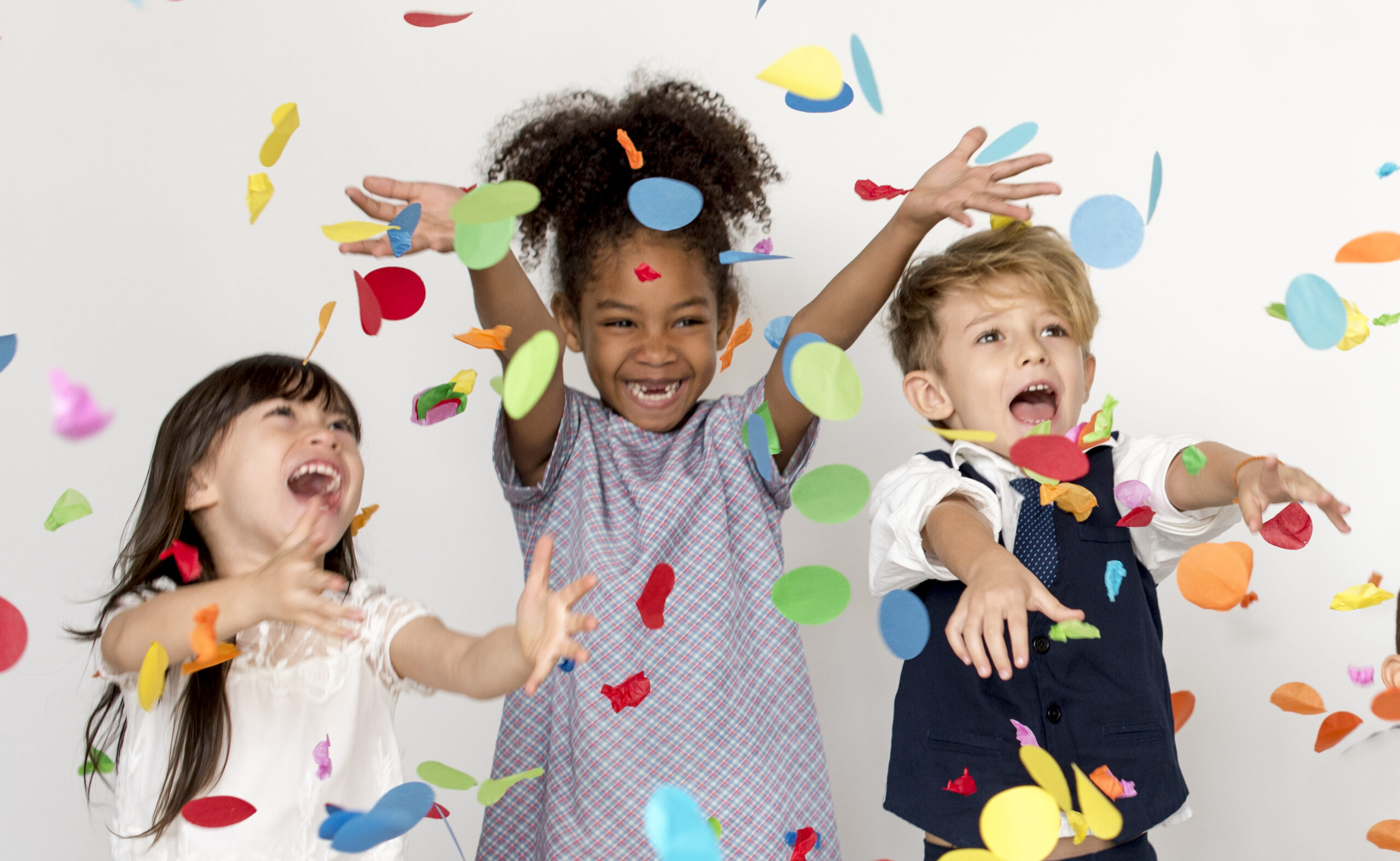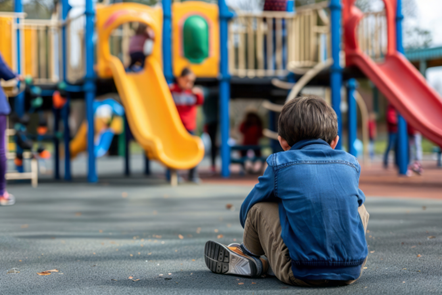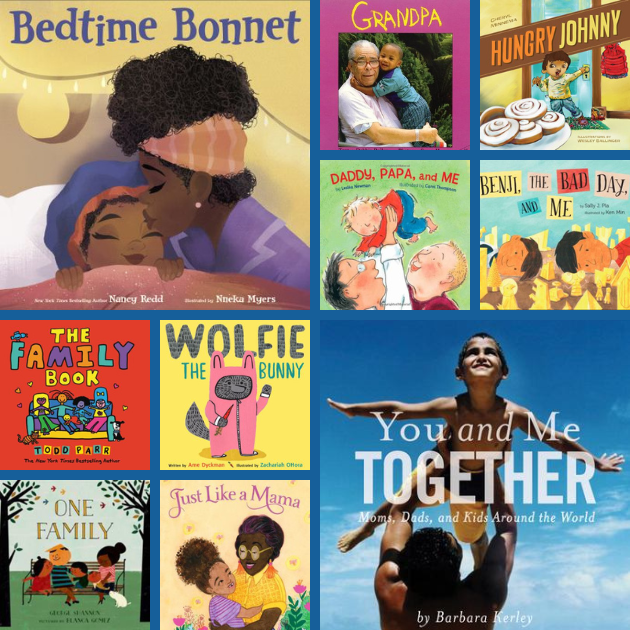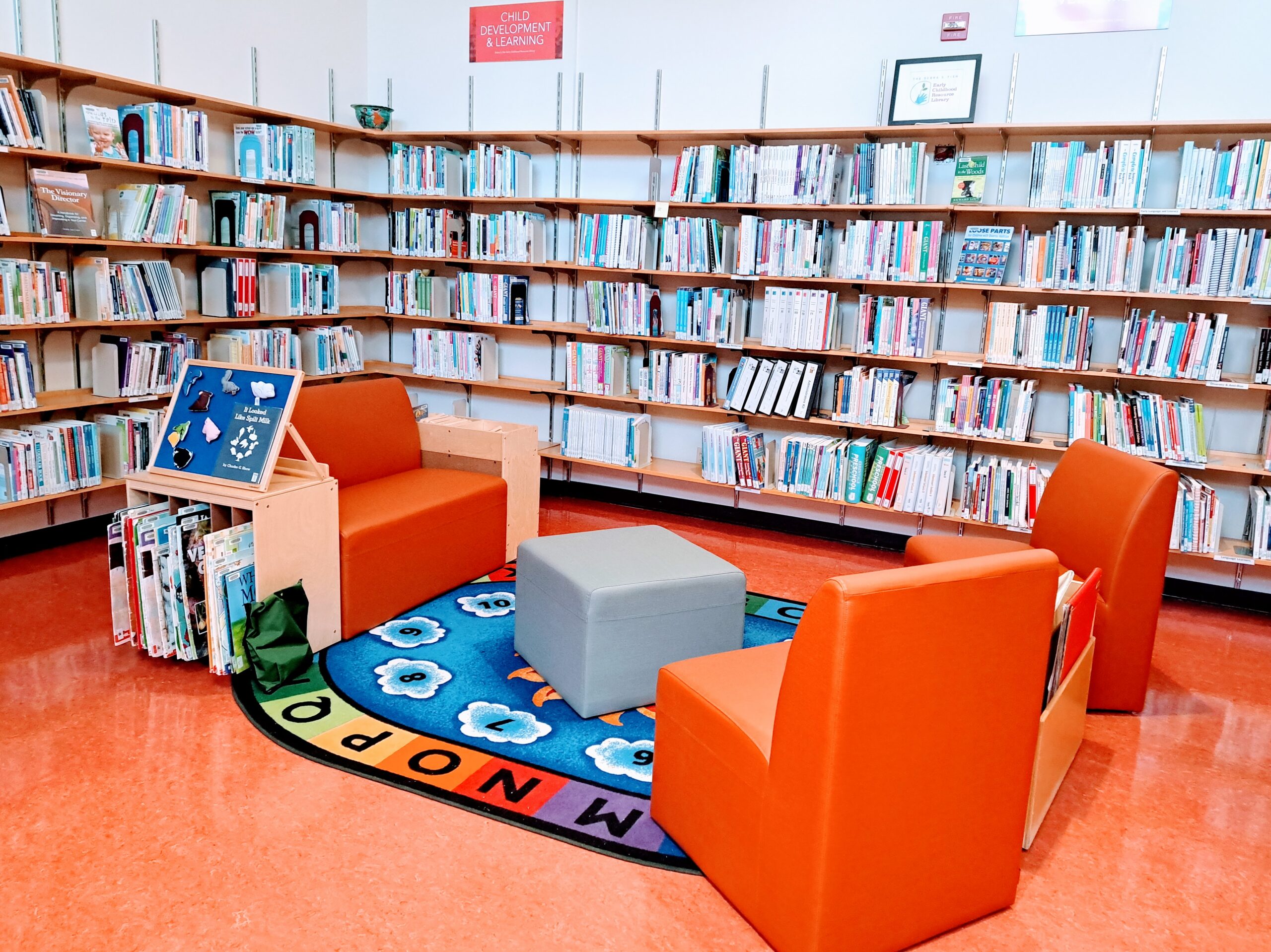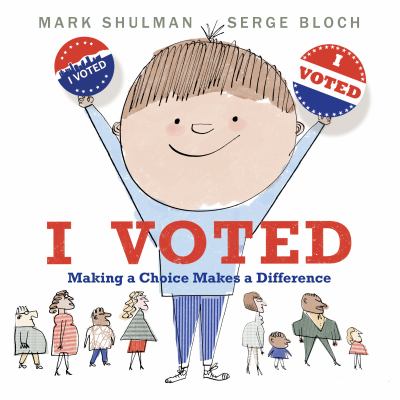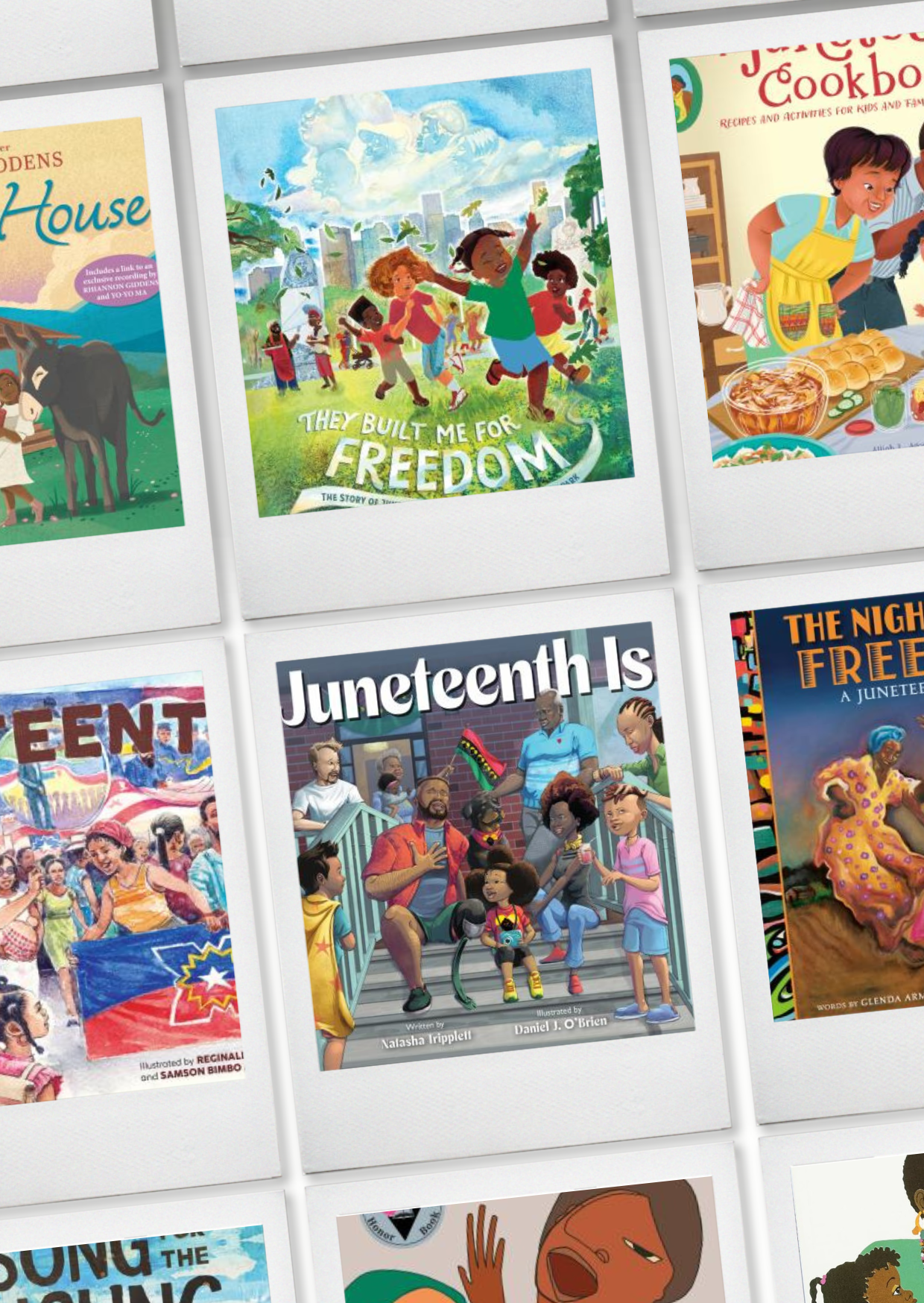This month marks one year since the start of the Think Small blog. To celebrate, we’re using January to highlight information and initiatives from Think Small and our partners about infants and toddlers and their caregivers in Minnesota. This post is part of our series on children 0-3.
Many people think science, technology, engineering, and math (STEM) education begins in high school or, at best, in elementary school. In reality, even infants are learning about STEM every day. Innately curious, infants, toddlers, and twos love to explore, investigate, and discover—making the earliest years a perfect time to begin teaching the foundations of STEM. Jean Barbre’s upcoming book Baby Steps to STEM: Infant and Toddler Science, Technology, Engineering, and Math Activities, supplies caregivers with every day, play-based, developmentally appropriate STEM activities for infants, toddlers, and twos.Baby Steps to STEM: Infant and Toddler Science, Technology, Engineering, and Math Activities will be published by Redleaf Press in June 2017. Here’s the very first sneak peek at one of the activities from the book.Baby Bubble FunAge Range: Infants and ToddlersSTEM Concepts: Physical science, Simple tools, ShapesLearning Outcome: Children will explore the physical properties of water and the elasticity and shapes of bubbles. Teaching Tip: Bubbles provide the opportunity to study the science concepts such as elasticity, surface tension, chemistry, and light. Children will engage in processes of observation and experimentation by playing with bubbles. Materials: Liquid bubble soap, large tub or an empty sensory table, heavy duty paint aprons or smocks, towels, and water.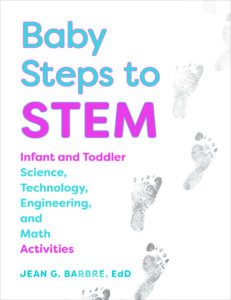 How to Do It: Place a small amount of liquid bubble soap in the bottom of the tub and fill with water. Swish your hands around to make as many bubbles as possible. Let the children watch as you make the bubbles. Show the children how you can lift the bubbles up and make mounds and small sculptures. Demonstrate how you can squeeze the bubbles between your fingers. Invite a few children at a time to play and create bubble sculptures. Show the children how to blow on the bubbles and watch how they float in the air. Expanding the Activity: Place toys, such as a rubber duck, baby doll, plastic manipulatives, or plastic farm animals in the water. Let the children experiment with items that float and sink. Vocabulary to use with children: Bubbles, soft, wet, water, liquid, swish, float, soft, graceful, cold, tub, squeeze, front, back, hands, and fingers.Questions and things to say to children:
How to Do It: Place a small amount of liquid bubble soap in the bottom of the tub and fill with water. Swish your hands around to make as many bubbles as possible. Let the children watch as you make the bubbles. Show the children how you can lift the bubbles up and make mounds and small sculptures. Demonstrate how you can squeeze the bubbles between your fingers. Invite a few children at a time to play and create bubble sculptures. Show the children how to blow on the bubbles and watch how they float in the air. Expanding the Activity: Place toys, such as a rubber duck, baby doll, plastic manipulatives, or plastic farm animals in the water. Let the children experiment with items that float and sink. Vocabulary to use with children: Bubbles, soft, wet, water, liquid, swish, float, soft, graceful, cold, tub, squeeze, front, back, hands, and fingers.Questions and things to say to children:
- I’m going to put the liquid bubble soap in the tub.
- Watch as I make the bubbles by swishing the water around with my hands.
- Look at how I squeeze the bubbles with my hands.
- Who wants to join me?
- What do you feel? I feel the soft bubbles.
- Do your hands feel wet?
- Look how the bubbles can get taller.
Home School Connection: Invite parents to purchase or make their own bubble solution. Parents can pour the bubble solution into a flat tray and experiment making bubbles with household utensils. Suggested Books:Bubble Bath Baby by Libby EllisThe Bubble Factory by Tomie dePaolaBubbles, Bubbles by Kathi AppeltBubbles, Bubbles by Sesame StreetBubble Trouble by Margaret MahyMy Five Senses by AlikiMy Five Senses by Margaret MillerJean Barbre, EdD, holds a master’s degree in child and family studies from California State University Long Beach, a master’s degree in counseling from California State University Fullerton, and a doctorate degree in educational leadership from Pepperdine University. She has thirty years of experience working with children and families as a preschool director, teacher, therapist, college instructor, national and international presenter, and a guest presenter on public television. As a licensed marriage and family therapist, she blends her knowledge of counseling and psychology into her understanding of children and families. She is the author of Activities for Responsive Caregiving: Infants, Toddlers, and Twos, and Foundations of Responsive Caregiving: Infants, Toddlers, and Twos published by Redleaf Press.
